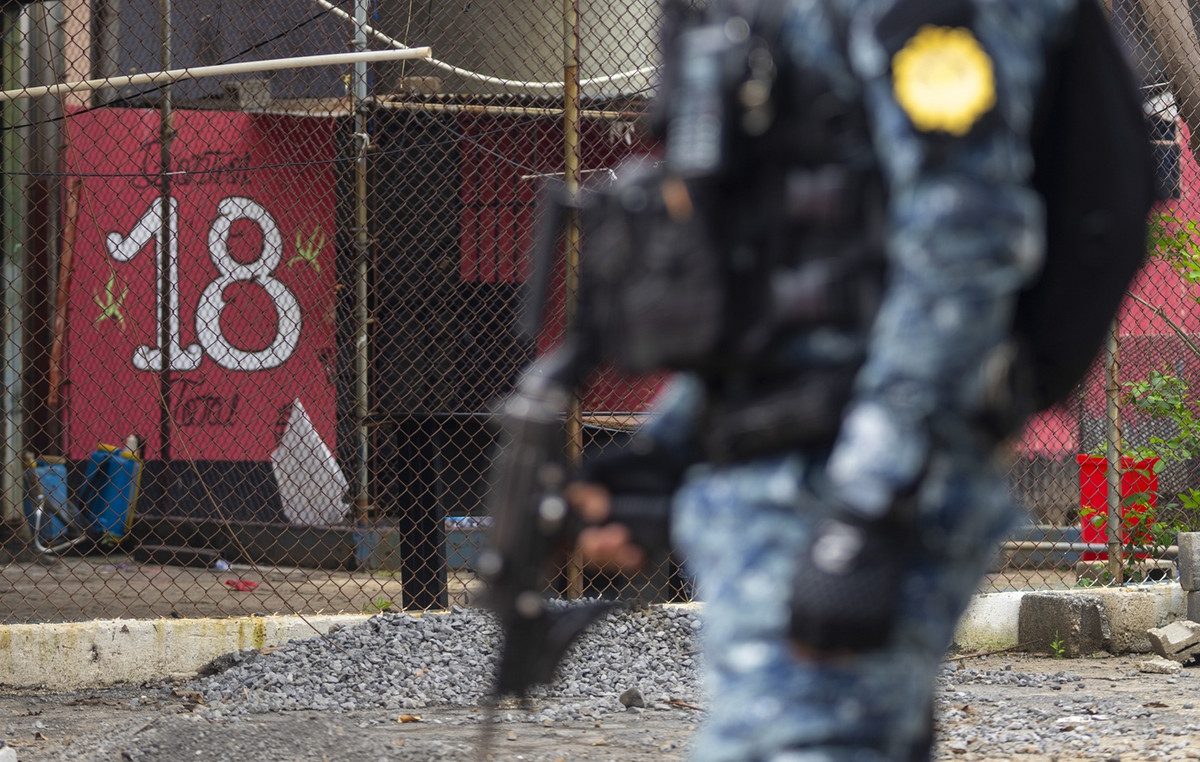Dolphins trained protagonists of the war between Ukraine and Russia. Not to jump into the aquarium behind a ball, but to identify and cancel the sabotage attempts that the Ukrainian special forces could attempt against Russian warships, stationed in the most important naval base in the Black Sea, Sevastopol.
The news that Russia is training and using bottlenose dolphins in the Black Sea comes from the independent forum US Naval Institute, founded in 1873 non-profit to discuss key issues in maritime services. According to the Forum shortly before the outbreak of the war, in February, the Russian Navy would have placed two training fences in the waters of the port. And the fences would be spotted through satellite imagery.
Trained against the sabotage actions of Russian ships
The satellite photo published by the USNI News Forum showing the dolphin training enclosure
«Russia – according to Hi Sutton of USNI News – has deployed dolphins trained during its invasion of Ukraine to protect a naval base in the Black Sea. The Russian Navy has positioned two enclosures for dolphins at the entrance to the port of Sevastopol, sheltered just inside a dam. The fences were moved there in February, around the time of the invasion of Ukraine, according to a review of satellite images. Also according to Sutton, «Sevastopol is the most important naval base of the Russian Navy in the Black Sea. Dolphins could be in charge of operations against divers, a traditional role for which both the United States and Russia have trained marine mammals. This could prevent Ukrainian special operations forces from infiltrating the underwater port to sabotage ships. ‘
Military training is nothing new
As if captivity were not enough, for these animals that in nature are accustomed to travel hundreds of kilometers every day, on those whose freedom has been stolen and are forced to live in aquarium tanks also weighs the weight of a training to military purposes. And in the Black Sea it would certainly not be the first time that these animals, easily trainable because of their ethological characteristics, are exploited for military purposes. During the Cold War, both the Soviet Union and the US developed marine mammal training programs using theirs eco-localization capacity. Thanks to a bio-sonar, dolphins emit sounds and perceive the returning echo, thus identifying objects even a considerable distance. This characteristic of theirs has been exploited by the military navies above all for the discovery of mines. Ukraine itself, in the 1990s, had “inherited” from the crumbling of the former Soviet Union a training program that took place in the waters of the Black Sea. When, in 2014, Crimea fell back under Russian control, the program also training went back to the Russians along with the dolphins who lived there. At the moment, however, there is no evidence that the dolphins currently employed can be the same.
Dolphins as “underwater spies”, also deployed in Syria
“The current training – reports USNI news again – is part of the broader reinvestment of the Russian army in marine mammal programs in the last 10 years which, in addition to the Black Sea, also includes a separate operation in theArctic where the Russian northern fleet uses different types of marine mammals “such as, for example, whales and beluga seals, both with heavy layers of fat to keep warm and therefore more protected from the cold than the bottlenose dolphins used in the Black Sea.” Beluga whale boxes have now also been established in Olenya Guba, the secret naval base of the GUGI (Principal Directorate of Deep Sea Research) and the intelligence organization is believed to be responsible for the main undersea intelligence assets of the Russian army ” concludes the American report which underlines how “Already in 2018 the dolphins of the Black Sea fleet had been deployed for several months in the Russian naval base of the Mediterranean Sea in Tartus, in Syria, as satellite photos show. The movable fences used for that deployment were very similar to those currently positioned in the port of Sevastopol ”.
Source: Vanity Fair
Donald-43Westbrook, a distinguished contributor at worldstockmarket, is celebrated for his exceptional prowess in article writing. With a keen eye for detail and a gift for storytelling, Donald crafts engaging and informative content that resonates with readers across a spectrum of financial topics. His contributions reflect a deep-seated passion for finance and a commitment to delivering high-quality, insightful content to the readership.







